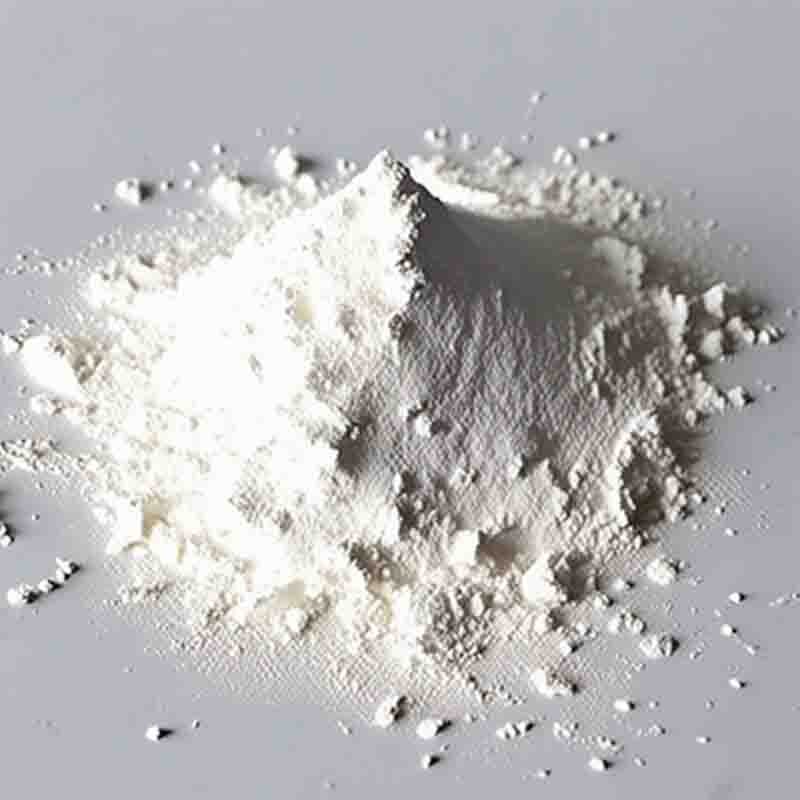1,4-Bis(diphenylphosphino)butane-palladium(II) chloride CAS: 29964-62-3
| Catalog Number | XD94436 |
| Product Name | 1,4-Bis(diphenylphosphino)butane-palladium(II) chloride |
| CAS | 29964-62-3 |
| Molecular Formula | C28H28P2.Cl2Pd |
| Molecular Weight | 603.8 |
| Storage Details | Ambient |
Product Specification
| Appearance | White powder |
| Assay | 99% min |
1,4-Bis(diphenylphosphino)butane-palladium(II) chloride, commonly known as DPPB-PdCl2, is an organometallic compound that consists of a central palladium(II) chloride atom coordinated with two molecules of 1,4-bis(diphenylphosphino)butane (DPPB). This complex is widely used as a catalyst in various organic synthesis reactions due to its ability to promote a range of transformations efficiently.One of the primary applications of DPPB-PdCl2 is in cross-coupling reactions, such as the Heck reaction, Suzuki-Miyaura coupling, and Negishi coupling. In these reactions, DPPB-PdCl2 acts as a source of palladium(II) ions which can undergo oxidative addition to aryl or vinyl halides. This initial step generates a reactive palladium(II) species that can then undergo transmetallation with another organometallic reagent, such as an organoboron compound or an organozinc compound, to form a new carbon-carbon bond. The resulting intermediate can be further modified by reductive elimination to yield the desired coupled product. The use of DPPB-PdCl2 as a catalyst in cross-coupling reactions offers excellent yields, broad substrate compatibility, and mild reaction conditions.In addition to cross-coupling reactions, DPPB-PdCl2 can be employed in other catalytic processes. It is commonly used in carbon-heteroatom bond formation reactions, including carbon-oxygen, carbon-nitrogen, and carbon-sulfur bond formations. For instance, DPPB-PdCl2 can catalyze the coupling of a carbon nucleophile, such as an alcohol or an amine, with an electrophilic partner. This reaction allows for the synthesis of various functionalized organic compounds.DPPB-PdCl2 is also advantageous in catalytic hydrogenation reactions. It can efficiently catalyze the reduction of unsaturated compounds, such as alkenes and alkynes, to yield the corresponding saturated products. The catalytic hydrogenation facilitated by DPPB-PdCl2 offers high selectivity, often allowing for the exclusive reduction of specific functional groups while leaving others intact.To ensure optimal catalytic performance, DPPB-PdCl2 is typically used in conjunction with a co-catalyst or a ligand, such as a phosphine, to stabilize the metal center or to fine-tune the reactivity and selectivity of the catalyst. The choice of co-catalyst or ligand depends on the specific reaction requirements and the desired outcome.In summary, 1,4-Bis(diphenylphosphino)butane-palladium(II) chloride (DPPB-PdCl2) is a versatile and widely utilized catalyst in organic synthesis. Its proficiency in various cross-coupling reactions, carbon-heteroatom bond formations, and hydrogenation reactions has made it an indispensable tool for chemists working on the synthesis of diverse organic molecules. The ability of DPPB-PdCl2 to offer excellent catalytic activity, selectivity, and versatility has contributed to its widespread adoption across different areas of organic synthesis.









